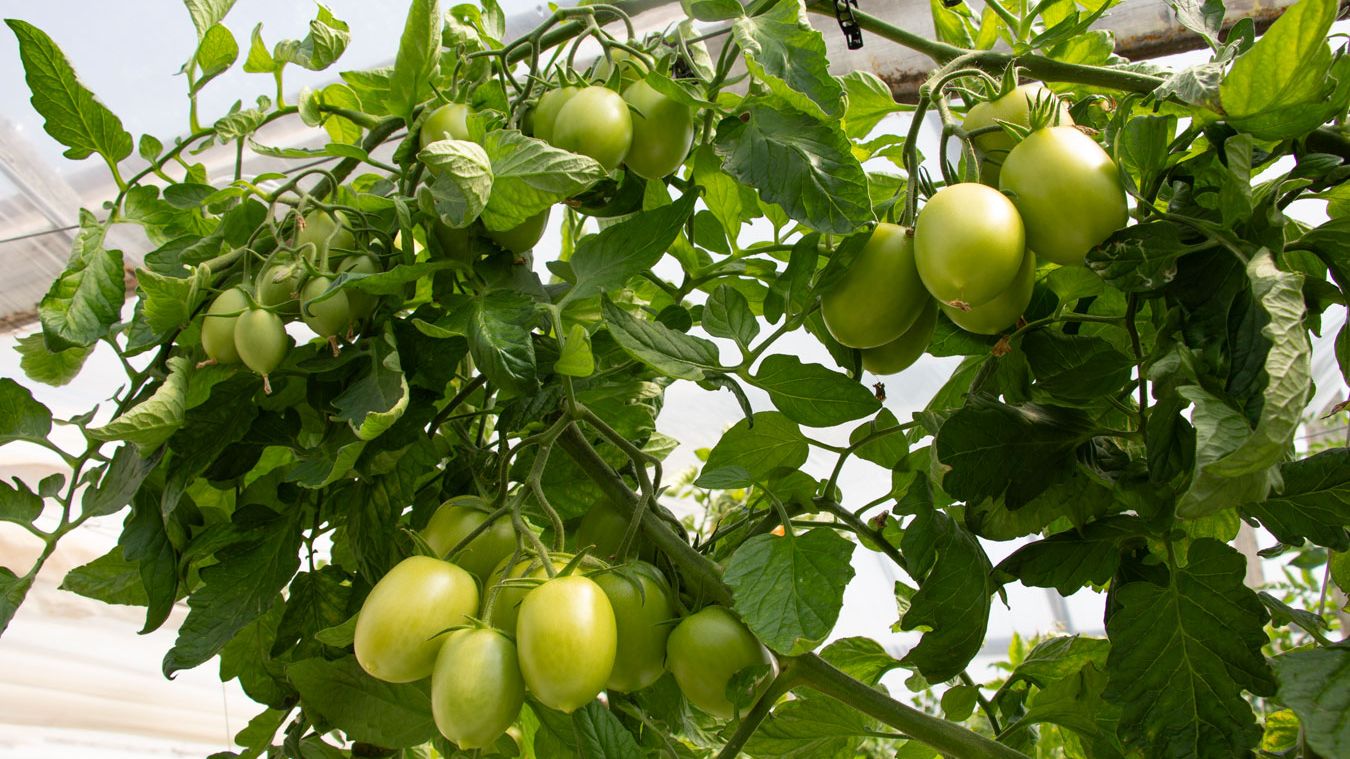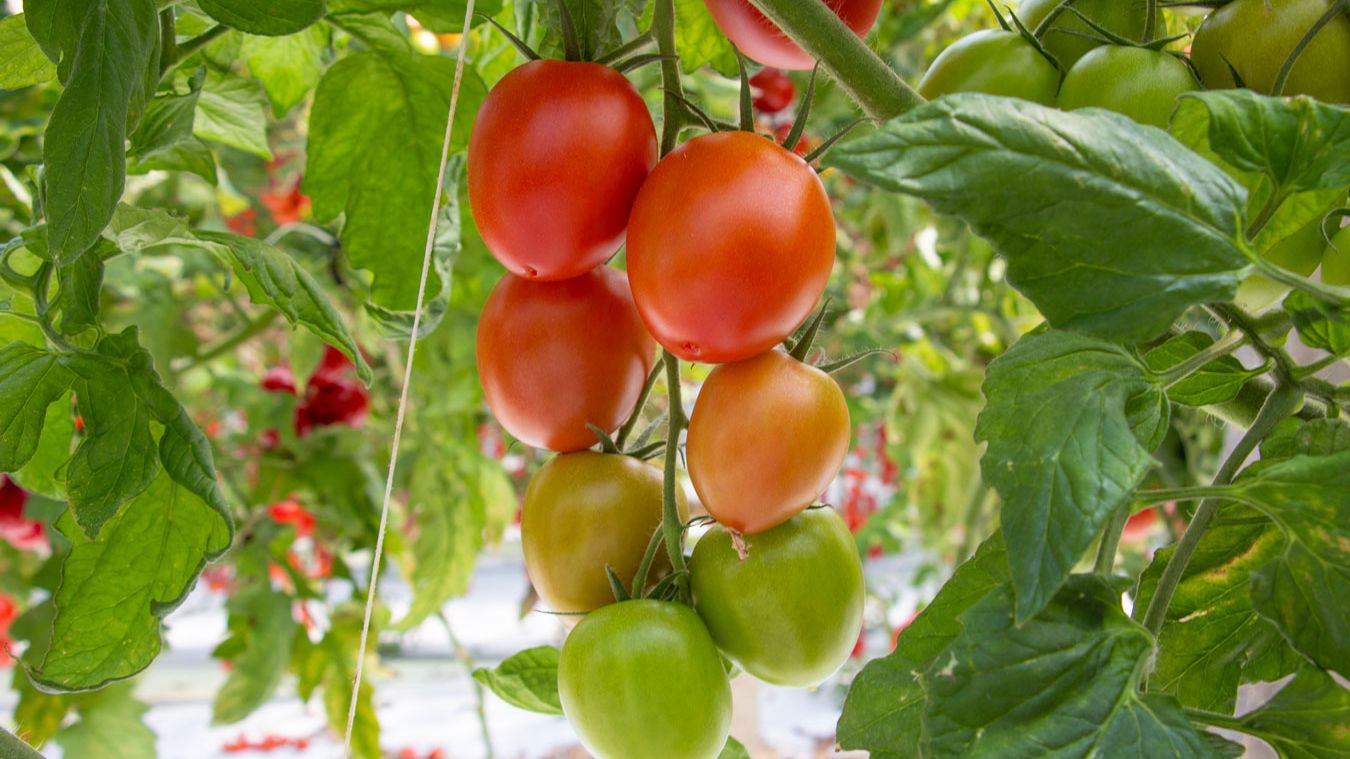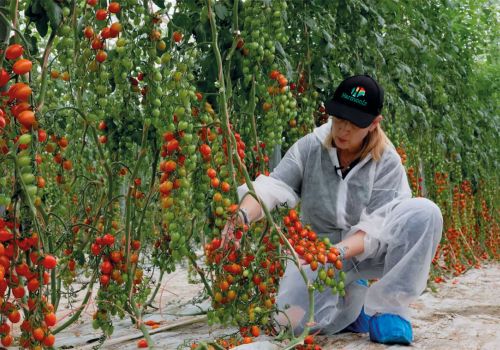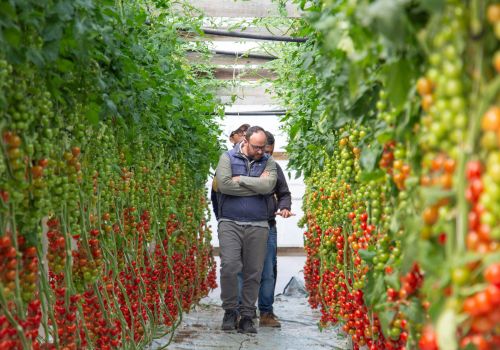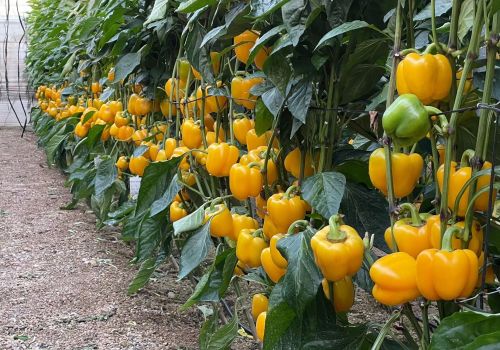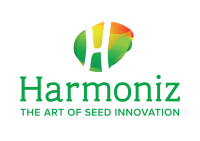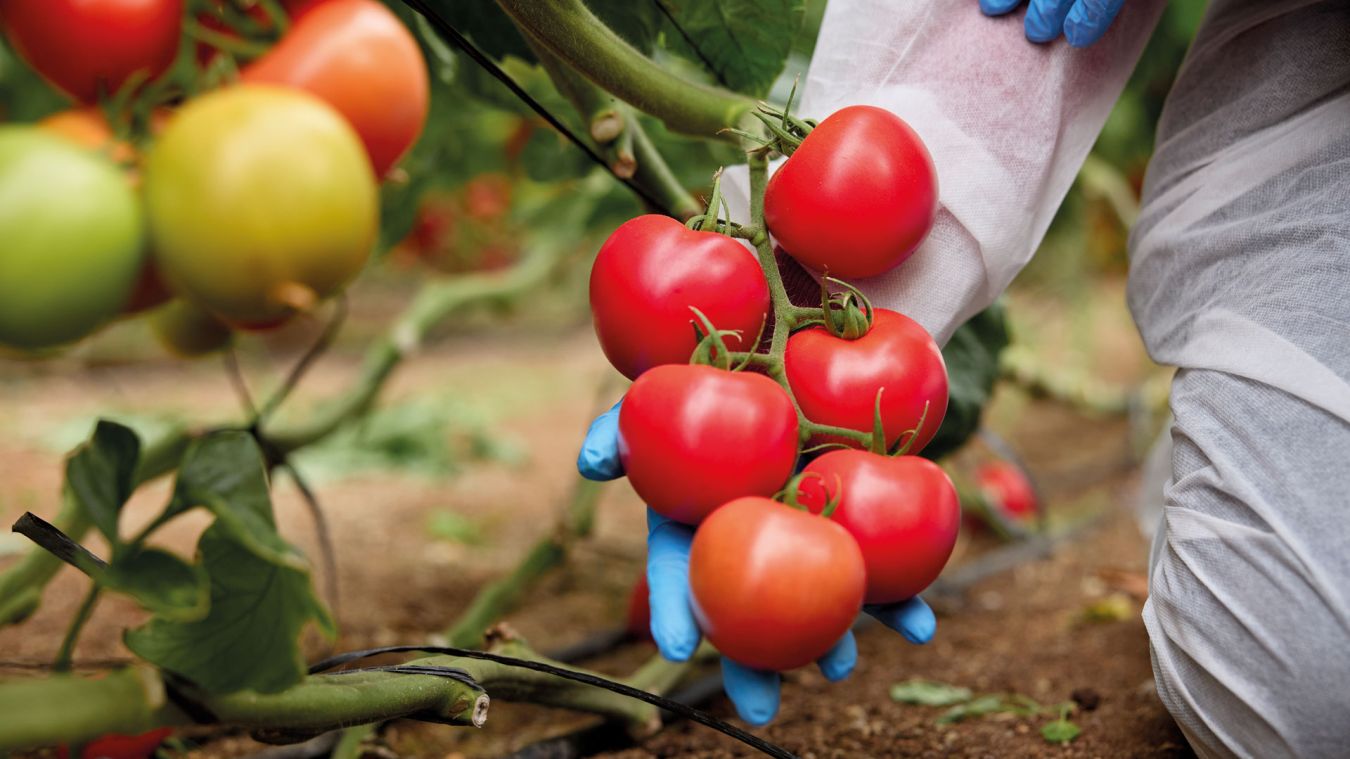
The foundations of harmoniz’s R&D for tomato and bell pepper

The seed company is testing new varieties of large-sized tomatoes with resistance to the Tomato Brown Rugose Fruit Virus (ToBRFV) this season. These will join a wide range of mini-plums tomatoes that are also resistant, led by Gabor, their latest addition in this segment.
Harmoniz continues to enhance its portfolio of tomato varieties resistant to ToBRFV this season, including large-sized TOV and roma-type varieties. According to María José Flores Membrives, Area Manager for the Levante region at the seed company, “At our R&D facility in Almería, we have a substantial number large-sized TOV and roma-type varieties, all resistant to the virus.”
The company’s focus has been on these segments, following the successful launch of Gabor last season, a red mini-plum tomato for loose harvesting with resistance to the virus. Gabor is the latest addition to a broad range of resistant small-sized tomatoes available in various colors, including the red Dormaplum, the yellow Mira Sol (TT-826), and Honeyplum, a mini-plum in orange.
Pre-commercial TOV and Roma-type hybrids resistant to ToBRFV
With these varieties and those yet to come, Harmoniz reaffirms its commitment to providing healthy and flavorful food, working closely with the entire value chain—from farmers to supermarkets and the end consumer. As Flores Membrives explains, their goal is to “align the agronomic needs of farmers, such as production, resistance, and ease of handling, with the demands of retailers and consumers.”
This approach is equally applied to their two main products: tomatoes and bell peppers. In addition to the aforementioned tomato varieties, it has also led to the recent launch of the bell pepper varieties, Bernabel and Bonáyar.
Gabor and the Future of Tomatoes
The mini-plum Gabor became the flagship of Harmoniz’s new tomato portfolio last season. Highly versatile, Gabor adapts to nearly any transplant date due to its excellent fruit-setting ability in both high and low temperatures. Its fruits are of exceptional quality, featuring a deep red color, firm texture, very low sensitivity to cracking or green shoulders, and top-flavor. They even exceed 9º Brix. “With Gabor, we provide agronomic security to farmers, who know they will achieve a high-quality, high-yield crop that will ultimately lead to greater profitability,” says Flores Membrives.
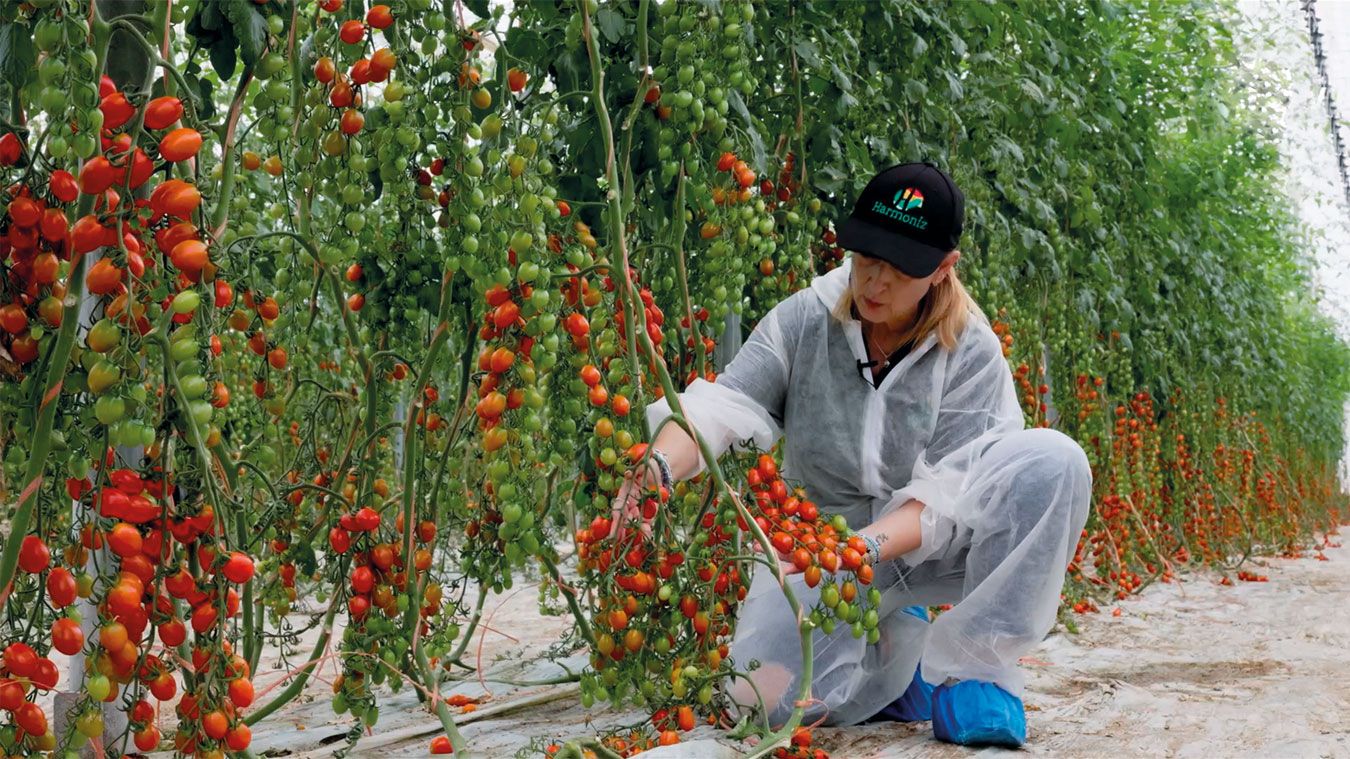
María José Flores Membrives evaluating Gabor.
The company continues to develop new tomato varieties resistant to the Rugose Virus across various types, including vine tomatoes, TOV, and Roma varieties. Flores Membrives further emphasizes that these new varieties not only offer resistance but also deliver excellent production, fruit quality, and post-harvest performance.
Bernabel and Bonáyar
Both bell pepper varieties, designed for Almería’s late growing cycle, deliver high yields of uniform, top-quality fruit. Both are resistant to L4, spotted wilt, and powdery mildew, and are recommended for transplanting between July 25 and August 15. These peppers have strong setting abilities, ensuring a “high final yield per square meter,” according to José Martínez, bell pepper development technician at Harmoniz.
Bernabel, the red variety, is capable of “crossing” the winter without interruptions in production, consistently yielding high-quality fruits, whether red or green. The fruits are uniform in size (L-XL), with four well-defined lobes and no tips. In addition, Bernabel has excellent post-harvest shelf life, thanks to its thick walls.
On the other hand, Bonáyar, the yellow variety, ensures continuous, uniform production in both shape and size (L), making it perfect for flow-packing. Unlike other late-cycle yellow varieties that tend to turn orange, “Bonáyar maintains its canary-yellow color and consistency.”
Harmoniz is now focused on completing the full production cycle with new extra-early, early, and mid-season varieties, while maintaining a strong agronomic foundation—focusing on production, resistance, and fruit quality.
